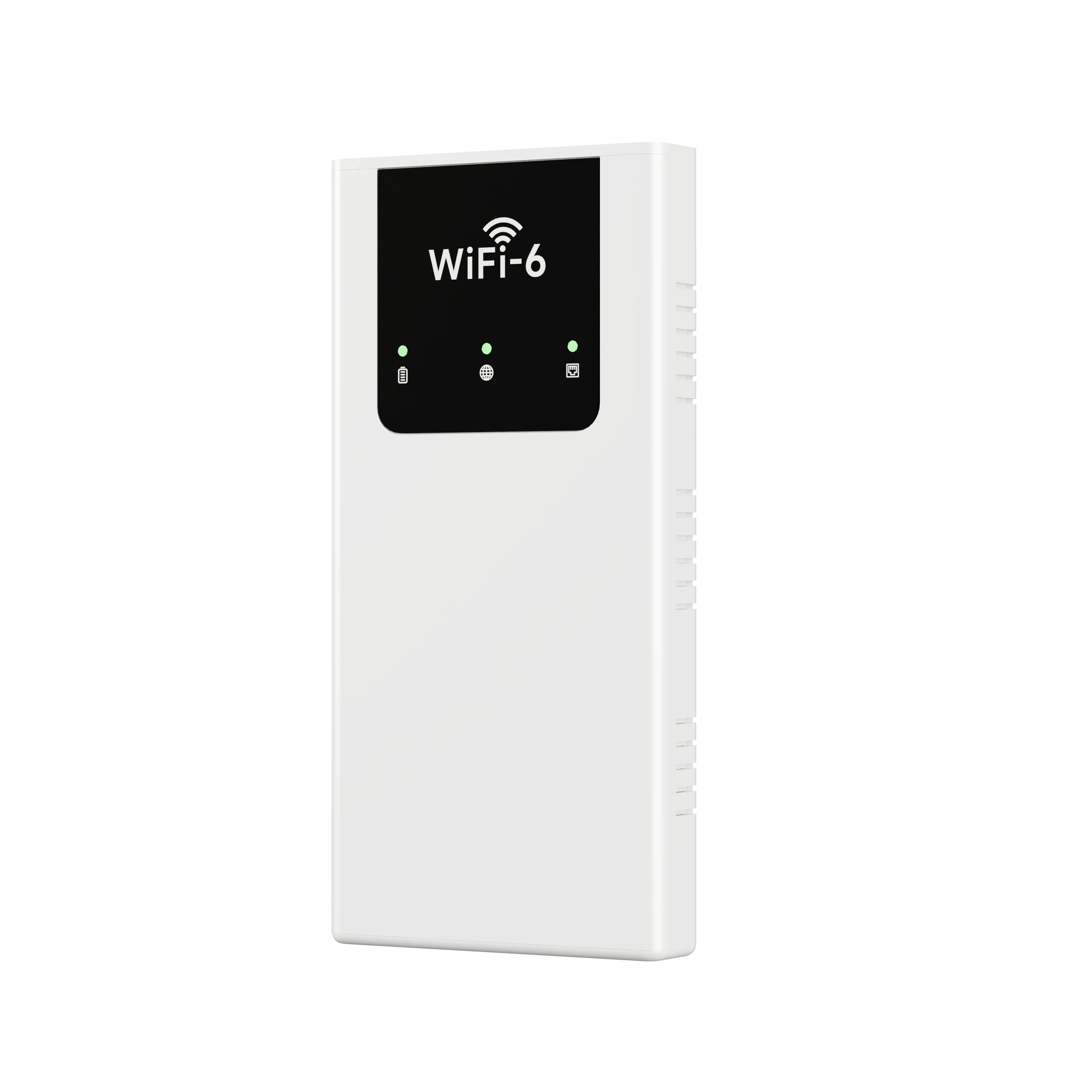Tracing a circuit without power can seem daunting, especially for those who are accustomed to working with live systems. However, understanding how to effectively trace a circuit in a powered-down state is an essential skill for technicians, engineers, and hobbyists alike. This article delves into advanced techniques and tools that can help you accurately trace circuits without the need for electrical power, ensuring safety and precision in your work.
Understanding the Importance of Tracing Circuits Without Power
Before diving into the methods, it’s crucial to understand why tracing circuits without power is necessary. Working on live circuits poses risks such as electric shock, equipment damage, and inaccurate readings. By tracing circuits in a powered-down state, you can safely diagnose issues, identify components, and understand the circuit layout without the inherent risks associated with live testing.
Tools of the Trade
To trace a circuit effectively without power, you’ll need a few essential tools:
- Multimeter: A versatile tool that can measure voltage, current, and resistance. When tracing circuits, the resistance measurement function is particularly useful.
- Continuity Tester: This tool helps determine if there is a complete path for current flow. It emits a sound or light when continuity is detected, making it easier to trace connections.
- Schematic Diagrams: Having access to the circuit’s schematic can significantly aid in understanding the layout and connections. If a schematic is unavailable, consider creating one as you trace the circuit.
- Wire Tracer: This specialized tool can help identify wires in a bundle or wall without needing power. It sends a signal through the wire, allowing you to trace its path.
- Oscilloscope: While typically used for live circuits, an oscilloscope can be beneficial for analyzing circuit behavior when powered down, especially if you have previously recorded data.
Step-by-Step Guide to Tracing a Circuit Without Power
Step 1: Safety First
Before you begin, ensure that the circuit is completely powered down. Disconnect it from any power source and discharge any capacitors to prevent accidental shocks. Use personal protective equipment (PPE) as necessary.
Step 2: Visual Inspection
Conduct a thorough visual inspection of the circuit. Look for any obvious signs of damage, such as burnt components, broken traces, or loose connections. This initial assessment can provide valuable clues about where to focus your tracing efforts.
Step 3: Refer to Schematic Diagrams
If available, refer to the schematic diagram of the circuit. This will help you understand the layout and the function of various components. If no schematic exists, sketch one based on your observations as you trace the circuit.
Step 4: Use a Multimeter for Resistance Testing
Set your multimeter to the resistance measurement mode. Start at one end of the circuit and measure the resistance across various components and connections. A reading of zero or near-zero indicates continuity, while an infinite reading suggests a break in the circuit.
Step 5: Employ a Continuity Tester
For more straightforward tracing, use a continuity tester. Connect one lead to the starting point and the other to various points along the circuit. The tester will indicate continuity, allowing you to trace the path of the circuit easily.
Step 6: Identify Components and Their Connections
As you trace the circuit, take note of the components and their connections. Label them if necessary, especially if you plan to make repairs or modifications later. Understanding how each component interacts within the circuit is crucial for effective troubleshooting.
Step 7: Document Your Findings
Keep a detailed record of your tracing process, including resistance readings, continuity tests, and any observations. This documentation will be invaluable for future reference and can help others who may work on the circuit later.
Advanced Techniques for Complex Circuits
For more complex circuits, consider the following advanced techniques:
- Signal Tracing: If you have access to a previously recorded signal, use an oscilloscope to analyze the circuit behavior. This can provide insights into how the circuit operates under normal conditions.
- Thermal Imaging: In some cases, thermal imaging can help identify hot spots in a circuit that may indicate faulty components, even when the circuit is powered down.
- Inductive Probes: These can be used to trace wires without direct contact, making them useful for complex wiring systems.
Conclusion
Tracing a circuit without power is a skill that combines safety, precision, and technical knowledge. By utilizing the right tools and following a systematic approach, you can effectively diagnose and understand circuits in a powered-down state. Whether you are troubleshooting a malfunctioning device or designing a new circuit, mastering this technique will enhance your capabilities and ensure that you work safely and efficiently.
